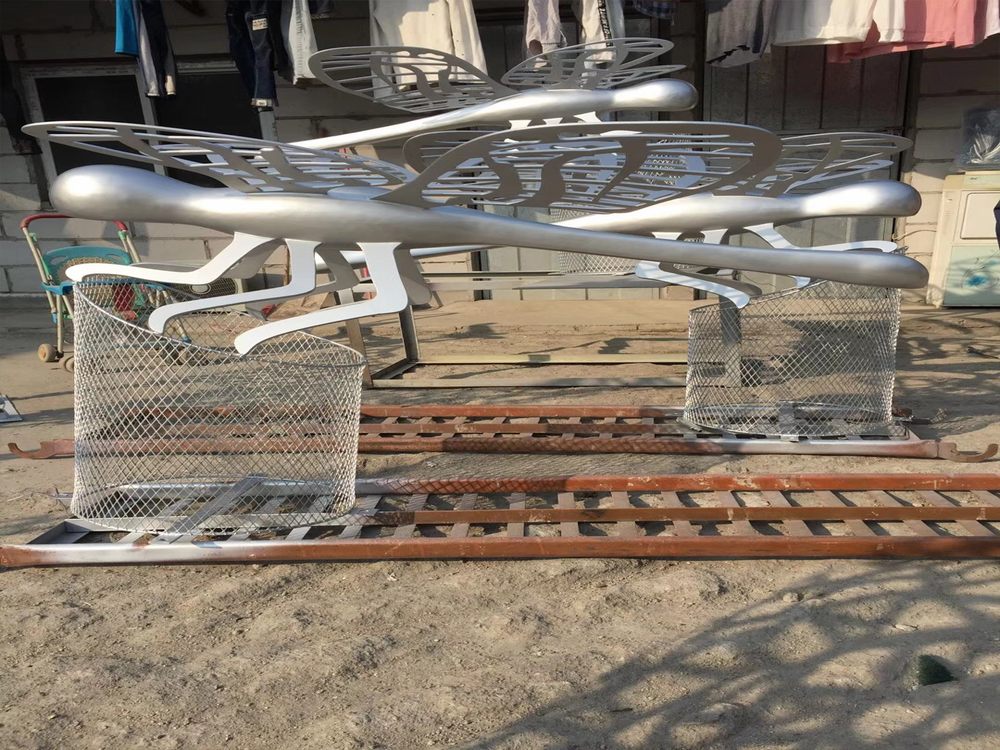
Creating bronze sculptures for seismic zones requires careful planning to ensure both artistic integrity and structural resilience. Here are the key considerations:
1. Material Strength and Flexibility: Bronze alloys with higher ductility are preferred, as they can absorb seismic energy without fracturing. Adding elements like silicon or aluminum can enhance flexibility.
2. Base and Anchoring Systems: A robust foundation is critical. Engineers often recommend reinforced concrete bases with seismic isolators or flexible anchors to minimize movement during earthquakes.
3. Weight Distribution: Sculptures should have a low center of gravity to prevent toppling. Hollow casting techniques can reduce weight while maintaining stability.
4. Dynamic Load Analysis: Advanced modeling software can simulate earthquake forces, helping artists and engineers refine designs to withstand lateral and vertical stresses.
5. Maintenance and Inspection: Regular checks for stress fractures or corrosion are essential, especially in high-risk areas. Protective coatings can mitigate environmental wear.
By integrating these principles, artists can create bronze sculptures that endure seismic activity while preserving their aesthetic value. Collaboration between sculptors, engineers, and geologists is key to successful installations in earthquake-prone regions.

